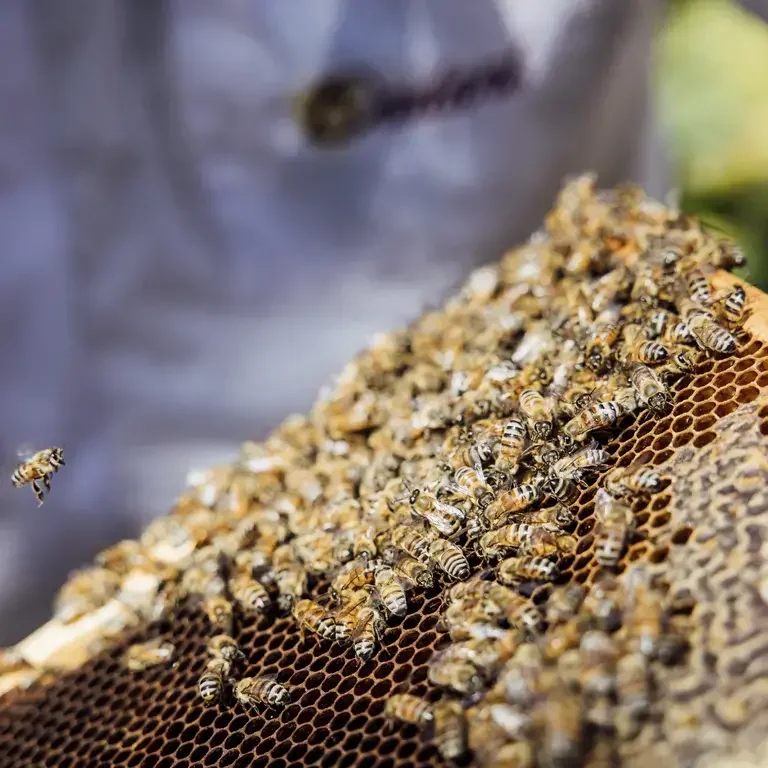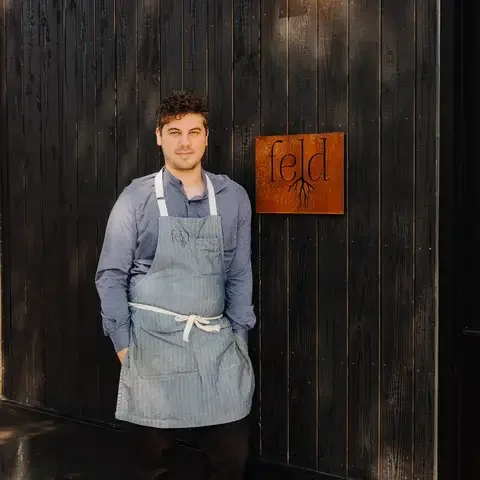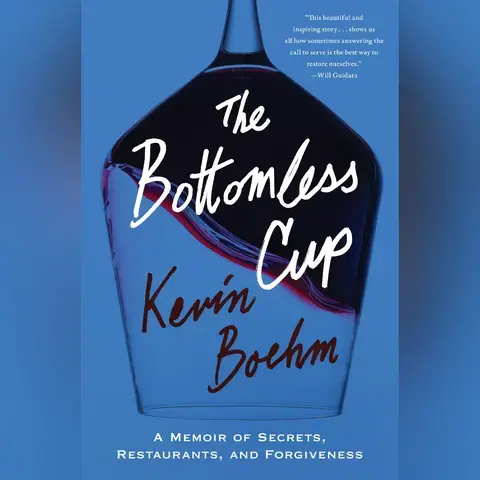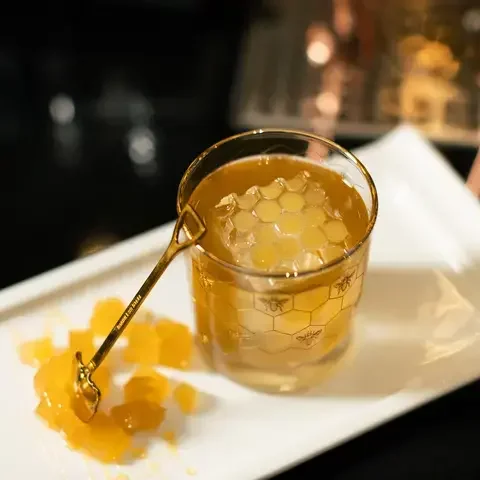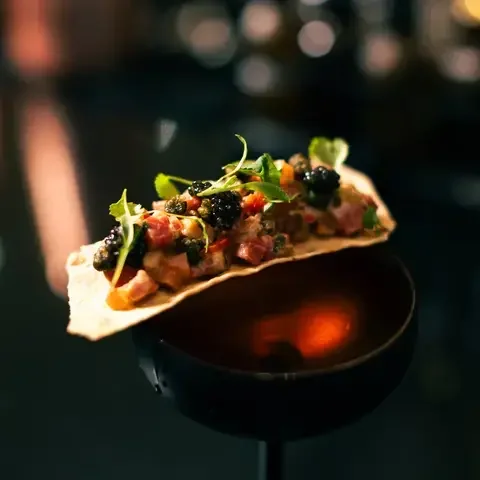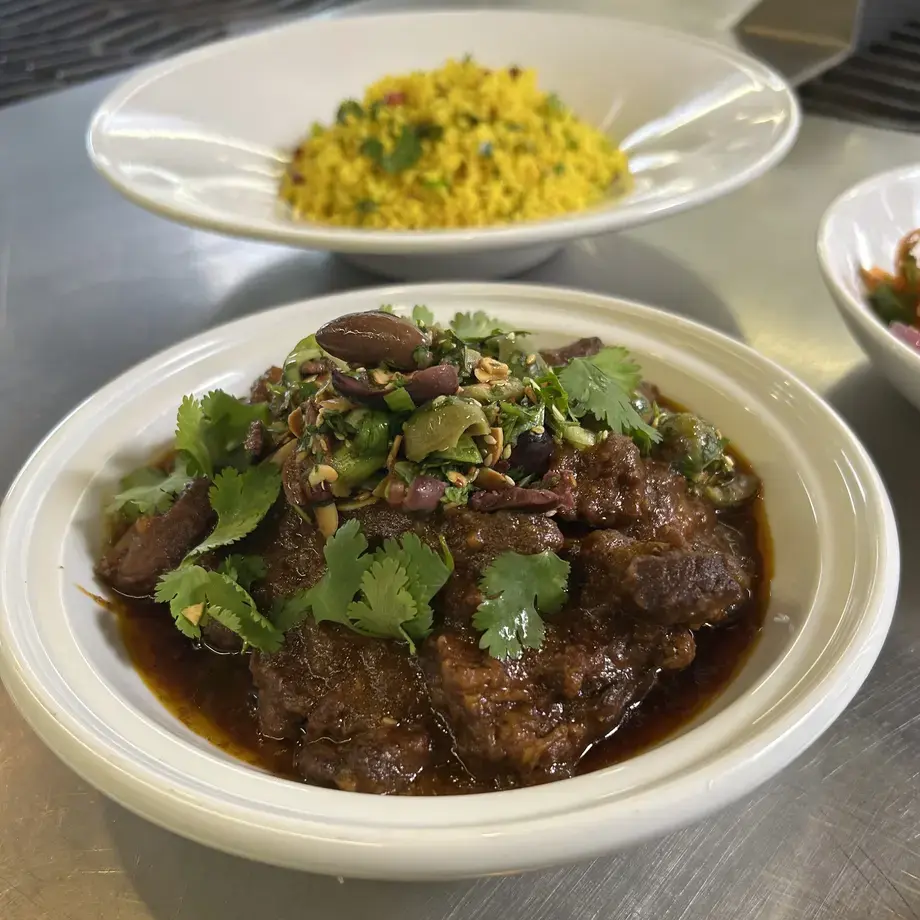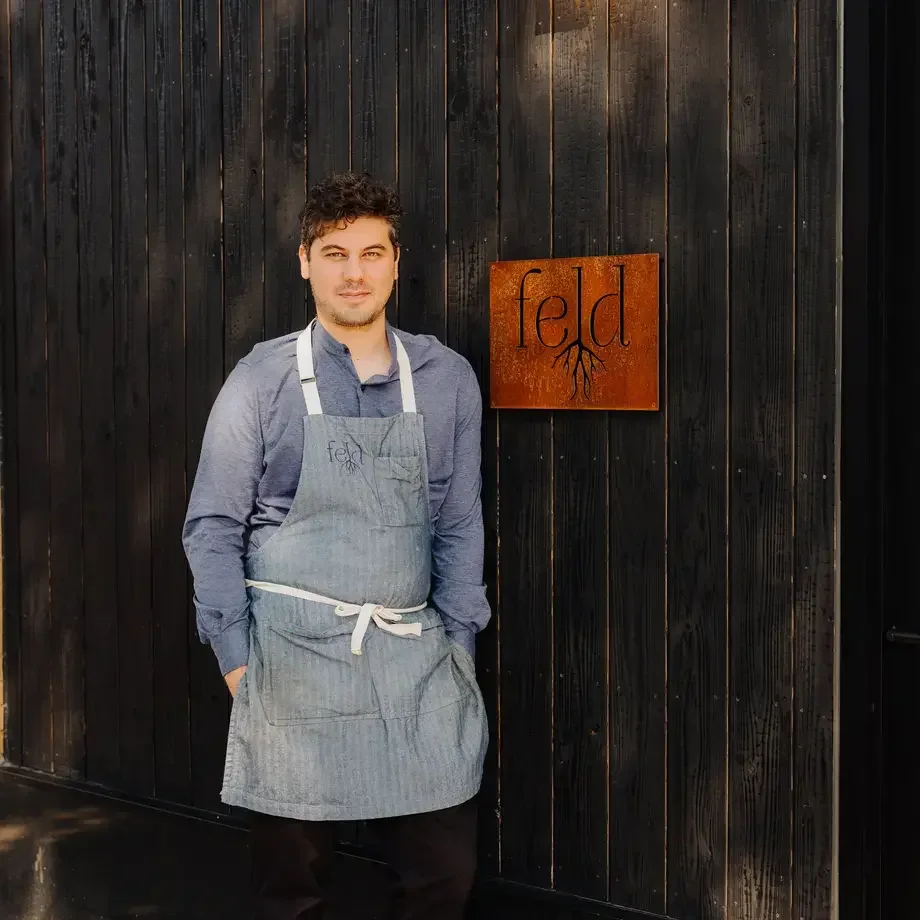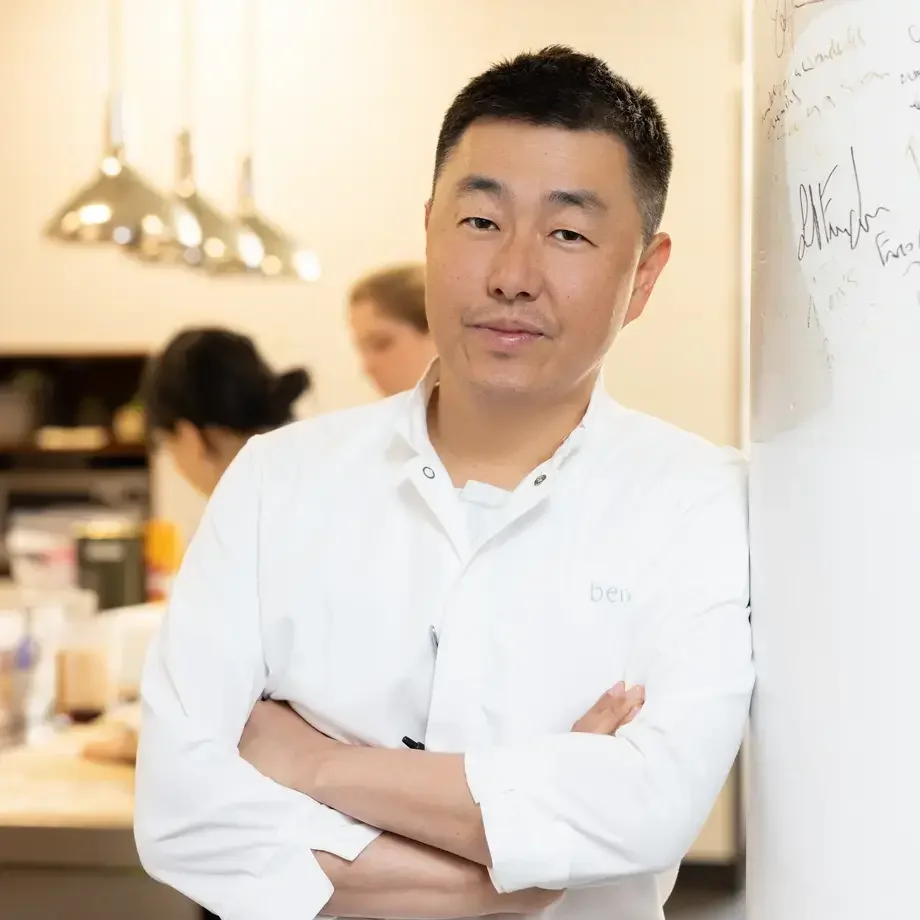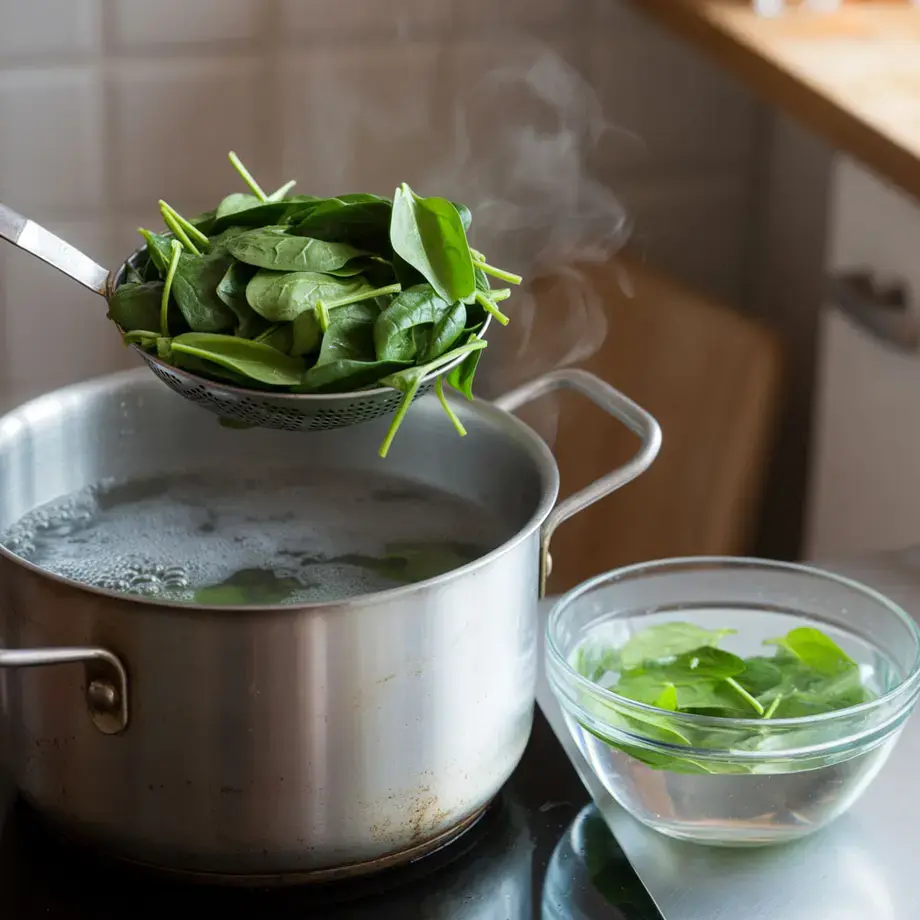With years of fine-dining experience and a passion for sourcing, this chef knows exactly what to look for when buying honey.
At Rosewood Miramar Beach in Montecito, guests might spot a beekeeper in full protective gear tending the hives on the luxury estate. The honey harvested there is used exclusively at Michelin-starred Caruso’s and at the Miramar Club, where Chef Partner Massimo Falsini leads the culinary program.
What most guests don’t realize: the chef and the beekeeper are the same person
A native of Rome, Falsini built his career in some of the Italian capital’s most acclaimed fine-dining restaurants, opened a Ferrari theme park and luxury hotel in Abu Dhabi, and led a Michelin-starred kitchen in Napa Valley before joining Rosewood in 2018. Two years later, he took up beekeeping as a hobby—one that now supplies the resort’s kitchens and inspires a honey-harvesting guest experience.
“California is so rich in agriculture,” says Falsini. “We have a great variety of nuances in our honey—notes of avocado, citrus, and herbs like mint, eucalyptus, and sage.”
Once synonymous with a golden bear-shaped bottle, honey now fills entire grocery aisles. The market, valued at $9 billion in 2023, is expected to reach $15 billion by 2033, with California among the top producers.
At Miramar, Falsini’s hives yield honey scented with avocado blossoms and lavender pollen, with flavors of butterscotch and eucalyptus. It appears on menus in dishes like delicate sponge cake paired with the sweet-tart tang of pixie tangerines.
With more choice than ever has come more confusion. Here, Falsini shares how to choose the right honey for your needs—whether you’re a Michelin-starred chef or simply stocking your pantry.
